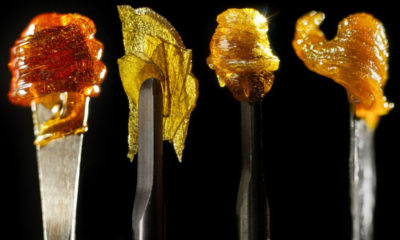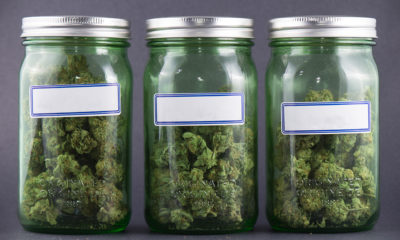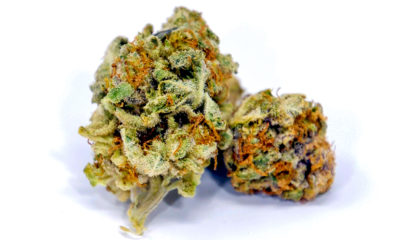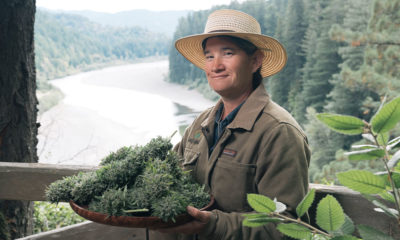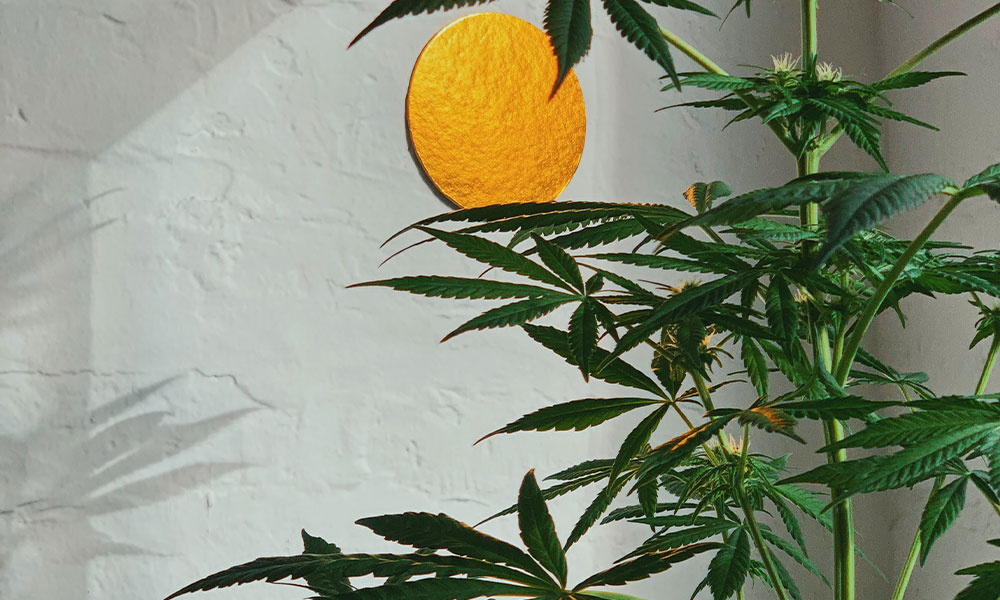
Grow
How to Set Up a Cannabis Home Grow
If you’re ready to put your green thumb to the test, here’s a quick guide to growing cannabis at home.
Cannabis cultivation can be defined as an art, a science or as an alchemic combination of the two. Over the course of a flowering cycle, it’s not uncommon for cannabis farmers to develop profound attachments to their crops, which, in turn, can lead to healthier, happier plants. Today, the bond between flower and grower is nonetheless regarded as a time-honored tradition. Fortunately, if you live in an area where personal cannabis cultivation is permitted, you too can develop this kind of bond with your crop. In this article, we’ll cover the basics on how to set up a cannabis home grow of your very own.
Over the past year, the list of states in the U.S. allowing the practice has expanded to include New Mexico and New York, with even more states expected to join in 2022. Before planting any seeds, you’ll also want to carefully research the home grow laws in your specific state. Generally, states allow for the personal cultivation of between six and 12 cannabis plants. However, in certain circumstances, exceptions concerning caregivers and other factors may allow one to exceed this limit. Provided your intended grow area meets your state’s laws, the good news is that growing cannabis isn’t terribly difficult.
Indoor or Outdoor
When growing cannabis at home, the first major decision you’ll need to make is whether to grow your cannabis inside or outside. It’s important to remember that there is no right answer here; instead, it’s often a matter of situation and opportunity. For instance, those living in areas prone to severe seasonal climate will likely want the protection afforded by an indoor grow.
Growing indoors is more expensive due to the cost of the extra equipment and utilities, like electricity and water, needed for a successful home grow. If you’re up for it, however, the payoff will come in the form of being able to control just about every element of the grow environment. In turn, you should be able to harvest some seriously chronic cannabis, given indoor grows are regularly credited with producing the market’s most potent flower.
By contrast, there are also compelling reasons to opt for an outdoor grow space. In this al fresco situation, everything revolves around the sun and other natural resources, cutting down costs substantially. You’ll need to ensure that you have enough space for your cannabis plants, and that the area you’ve chosen receives adequate sunlight during your growing season of choice. You’ll also need to be vigilant about protecting your crops, both from pests and critters, as well as from any humans who may be tempted to pilfer your valuable plants.
If indoor cannabis is the gold standard for potency, outdoor cannabis holds the same distinction when it comes to netting the biggest yields. Again, it depends on what you’re looking for. It also depends on which strain you decide to grow.
Choosing a Strain
Deciding which strain to grow is another major milestone in setting up a successful home grow. In general, the yield from a single cannabis plant will usually land somewhere between a half and full pound. Suffice it to say, that’s a lot of flower to have on your hands, so make sure your strain of choice is something you really enjoy.
Other notable factors you’ll need to weigh in selecting a strain: how it fares in your specific climate and environment; the commonly accepted wisdom regarding the length and difficulty of its growing cycle; the space it will require (indicas, for example, tend to grow in a short, bushier fashion); and the availability of base genetics such as seeds and clones.
Additionally, those seeking speed may wish to grow what’s known as an “autoflower” cultivar: a strain of cannabis which automatically switches from a state of vegetative growth to one of flowering once it hits a certain age. As a photoperiod plant, the flowering cycle of cannabis is normally determined by the amount of natural sunlight it receives, but these inputs can be manipulated to expedite growth—especially in an indoor setting.
Getting Ready to Grow
Now that you have the “where and what” handled, it’s time to grow some cannabis. If you start with a seed, you’ll need to wait for it to germinate into a seedling. Alternatively, if available, you can opt for a clone: essentially a cutting of a weed plant which, when regrown, will retain the same genetics as its mother.
The growing cycle of cannabis sees the plant undergo a lengthy vegetative stage before it will—at last—begin to flower and develop buds. Once that flowering stage arrives, it can then take up to two months before you’ll be ready to harvest, trim, dry and, finally, cure your crops. During this period, your chief responsibilities are to provide your plants with whatever they need to flourish.
Practically speaking, this work will mostly equate to ensuring your grow receives the proper light, water, nutrients, temperature, humidity and airflow it requires. There are numerous schools of thought to consider when it comes to these matters, so researching the wide array of books on cannabis cultivation is a smart place to start.
Furthermore, the advent of social media—combined with legal advancements for cannabis—has led to some of the best and brightest industry experts making themselves and their knowledge available to the public for the first time. Some have even been known to offer growing tips and answer questions for those willing to simply find them online and ask.
No doubt, it’s an exciting time to start growing cannabis at home. With so much information easily accessible on how to set up a cannabis home grow, it’s time to leave any fears behind and experience the magic of cultivating your own cannabis.





